Abrams, Lindsay. 22 October 2013. "Are You Fancy Enough to Bird Poop Coffee?" Salon: Sustainability. Retrieved August 12, 2014.
- Available at: http://www.salon.com/2013/10/22/are_you_fancy_enough_for_bird_poop_coffee/
Carlos Barreto. "A Semente do Ouro Negro _ Francisco de Mello Palheta." YouTube. April 25, 2010.
- Available at: https://www.youtube.com/watch?v=eC7RzZFTU9o
Bento, Pedro. A Semente Do Ouro Negro. Culture Unplugged Studios.
- Available at: https://www.cultureunplugged.com/play/52768/A-SEMENTE-DO-OURO-NEGRO
Birdlife International 2012. "Penelope jacquacu." In: IUCN 2014. International Union for Conservation of Nature and Natural Resources Red List of Threatened Species. Version 2014.2. Retrieved August 12, 2014.
- Available at: http://www.iucnredlist.org/details/full/22678386/0
Birdlife International 2012. "Penelope jacucaca." In: IUCN 2014. International Union for Conservation of Nature and Natural Resources Red List of Threatened Species. Version 2014.2. Retrieved August 12, 2014.
- Available at: http://www.iucnredlist.org/details/full/22678398/0
Birdlife International 2012. "Penelope marail." In: IUCN 2014. International Union for Conservation of Nature and Natural Resources Red List of Threatened Species. Version 2014.2. Retrieved August 12, 2014.
- Available at: http://www.iucnredlist.org/details/full/22678367/0
Birdlife International 2012. "Penelope obscura." In: IUCN 2014. International Union for Conservation of Nature and Natural Resources Red List of Threatened Species. Version 2014.2. Retrieved August 12, 2014.
- Available at: http://www.iucnredlist.org/details/full/22678389/0
Birdlife International 2012. "Penelope ochrogaster." In: IUCN 2014. International Union for Conservation of Nature and Natural Resources Red List of Threatened Species. Version 2014.2. Retrieved August 12, 2014.
- Available at: http://www.iucnredlist.org/details/full/22678395/0
Birdlife International 2012. "Penelope pileata." In: IUCN 2014. International Union for Conservation of Nature and Natural Resources Red List of Threatened Species. Version 2014.2. Retrieved August 12, 2014.
- Available at: http://www.iucnredlist.org/details/full/22678392/0
Birdlife International 2012. "Penelope superciliaris." In: IUCN 2014. International Union for Conservation of Nature and Natural Resources Red List of Threatened Species. Version 2014.2. Retrieved August 12, 2014.
- Available at: http://www.iucnredlist.org/details/22678370/0
Birdlife International 2012. "Pipile cujubi." In: IUCN 2014. International Union for Conservation of Nature and Natural Resources Red List of Threatened Species. Version 2014.2. Retrieved August 12, 2014.
- Available at: http://www.iucnredlist.org/details/full/22678422/0
Birdlife International 2012. "Pipile jacutinga." In: IUCN 2014. International Union for Conservation of Nature and Natural Resources Red List of Threatened Species. Version 2014.2. Retrieved August 12, 2014.
- Available at: http://www.iucnredlist.org/details/full/22678429/0
BirdLife International 2014. Species factsheet: Pipile jacutinga. Retrieved August 12, 2014.
- Available at: http://www.birdlife.org/datazone/speciesfactsheet.php?id=90
Bisby, F.A.; Roskov, Y.R.; Orrell, T.M.; Nicolson, D.; Paglinawan, L.E.; Bailly, N.; Kirk, P.M.; Bourgoin, T.; Baillargeon, G.; and Ouvrard, D. (red.). 2011. "Penelope obscura Temminck, 1815." Species 2000 & ITIS Catalogue of Life: 2011 Annual Checklist. Reading, UK. Retrieved August 12, 2014.
- Available at: http://www.itis.gov/servlet/SingleRpt/SingleRpt?search_topic=TSN&search_value=175736
Bisby, F.A.; Roskov, Y.R.; Orrell, T.M.; Nicolson, D.; Paglinawan, L.E.; Bailly, N.; Kirk, P.M.; Bourgoin, T.; Baillargeon, G.; and Ouvrard, D. (red.). 2011. "Penelope obscura bridgesi G.R. Gray, 1860." Species 2000 & ITIS Catalogue of Life: 2011 Annual Checklist. Reading, UK. Retrieved August 12, 2014.
- Available at: http://www.itis.gov/servlet/SingleRpt/SingleRpt?search_topic=TSN&search_value=715274
Bisby, F.A.; Roskov, Y.R.; Orrell, T.M.; Nicolson, D.; Paglinawan, L.E.; Bailly, N.; Kirk, P.M.; Bourgoin, T.; Baillargeon, G.; and Ouvrard, D. (red.). 2011. "Penelope obscura bronzina Hellmayr, 1914." Species 2000 & ITIS Catalogue of Life: 2011 Annual Checklist. Reading, UK. Retrieved August 12, 2014.
- Available at: http://www.itis.gov/servlet/SingleRpt/SingleRpt?search_topic=TSN&search_value=715275
Bisby, F.A.; Roskov, Y.R.; Orrell, T.M.; Nicolson, D.; Paglinawan, L.E.; Bailly, N.; Kirk, P.M.; Bourgoin, T.; Baillargeon, G.; and Ouvrard, D. (red.). 2011. "Penelope obscura obscura Temminck, 1815." Species 2000 & ITIS Catalogue of Life: 2011 Annual Checklist. Reading, UK. Retrieved August 12, 2014.
- Available at: http://www.itis.gov/servlet/SingleRpt/SingleRpt?search_topic=TSN&search_value=715276
Bisby, F.A.; Roskov, Y.R.; Orrell, T.M.; Nicolson, D.; Paglinawan, L.E.; Bailly, N.; Kirk, P.M.; Bourgoin, T.; Baillargeon, G.; and Ouvrard, D. (red.). 2011. "Penelope superciliaris Temminck, 1815." Species 2000 & ITIS Catalogue of Life: 2011 Annual Checklist. Reading, UK. Retrieved August 12, 2014.
- Available at: http://www.itis.gov/servlet/SingleRpt/SingleRpt?search_topic=TSN&search_value=175742
Bisby, F.A.; Roskov, Y.R.; Orrell, T.M.; Nicolson, D.; Paglinawan, L.E.; Bailly, N.; Kirk, P.M.; Bourgoin, T.; Baillargeon, G.; and Ouvrard, D. (red.). 2011. "Penelope superciliaris jacupemba Spix, 1825." Species 2000 & ITIS Catalogue of Life: 2011 Annual Checklist. Reading, UK. Retrieved August 12, 2014.
- Available at: http://www.itis.gov/servlet/SingleRpt/SingleRpt?search_topic=TSN&search_value=715264
Bisby, F.A.; Roskov, Y.R.; Orrell, T.M.; Nicolson, D.; Paglinawan, L.E.; Bailly, N.; Kirk, P.M.; Bourgoin, T.; Baillargeon, G.; and Ouvrard, D. (red.). 2011. "Penelope superciliaris major W. Bertoni, 1901." Species 2000 & ITIS Catalogue of Life: 2011 Annual Checklist. Reading, UK. Retrieved August 12, 2014.
- Available at: http://www.itis.gov/servlet/SingleRpt/SingleRpt?search_topic=TSN&search_value=715265
Bisby, F.A.; Roskov, Y.R.; Orrell, T.M.; Nicolson, D.; Paglinawan, L.E.; Bailly, N.; Kirk, P.M.; Bourgoin, T.; Baillargeon, G.; and Ouvrard, D. (red.). 2011. "Penelope superciliaris superciliaris Temminck, 1815." Species 2000 & ITIS Catalogue of Life: 2011 Annual Checklist. Reading, UK. Retrieved August 12, 2014.
- Available at: http://www.itis.gov/servlet/SingleRpt/SingleRpt?search_topic=TSN&search_value=715266
Blake, Emmet R. 1977. Manual of Neotropical Birds. Volume 1: Spheniscidae (Penguins) to Laridae (Gulls and Allies). Chicago, IL: University of Chicago Press.
"Brazil Coffee Grades." Coffee Shrub. Retrieved August 12, 2014.
- Available at: http://www.coffeeshrub.com/shrub/glossary/9/letterb
Brooks, D. M. (ed.). Conserving Cracids: The Most Threatened Family of Birds in the Americas. Houston, TX: Houston Museum of Natural Science.
Brooks, Daniel M. 2004. "Curassow, Guans, and Chachalacas (Cracidae)." Pp. 413-417 in Grzimek's Animal Life Encyclopedia, Second Edition. Volume 8: Birds I, edited by Michael Hutchins, Jerome A. Jackson, Walter J. Bock, and Donna Olendorf. Farmington Hills, MI: Gale Group, Inc., division of Thomson Learning Inc.
"Camocim Estate: Jacu Bird Coffee." Sea Island Coffee: Browse Estates. Knightsbridge, London, England: Sea Island Coffee Ltd. Retrieved August 12, 2014.
- Available at: http://www.seaislandcoffee.com/browse-estates/jacu-bird-coffee.html
Cardoso da Silva, J. M.; and M. Tabarelli. 2000. "Tree Species Impoverishment and the Future Flora of the Atlantic Forest of Northeast Brazil." Nature 404:72-74.
Communications and Public Affairs. 26 November 2002. "Kopi Luwak Coffee Safe, U of G Study Finds." University of Guelph Campus News. Ontario, Canada. Retrieved August 12, 2014.
- Available at: http://www.uoguelph.ca/news/archives/002065.html
Craves, Julie. 6 September 2008. "Know Your Coffee Birds: Jacu." Coffee & Conservation: Are Your Beans for the Birds? Retrieved August 12, 2014.
- Available at: http://www.coffeehabitat.com/2008/09/know-your-coffee-birds-jacu/
de Magalhães, Basílio. O Café Na História, No Folclore e Nas Belas-Artes. São Paulo [Brasil]: Companhia Editora Nacional, 1939.
- Available via Biblioteca Brasiliana Guita e José Mindlin (BBM)/Universidade de São Paulo (USP) at: https://digital.bbm.usp.br/handle/bbm/3906
del Hoyo, J.; Elliott, A.; and Sargatal, J. 1994. Handbook of the Birds of the World, vol. 2: New World Vultures to Guineafowl. Barcelona, Spain: Lynx Edicions.
"Dusky-legged Guan Pictures and Facts.” The Website of Everything: Animals > Mammals > Carnivora > Viverridae > Hemigalinae > Chrotogale. Retrieved August 12, 2014.
- Available at: http://thewebsiteofeverything.com/animals/birds/Galliformes/Cracidae/Penelope-obscura
Editor. 21 November 1912. "JACU, Ålesund." Nordic Coffee Culture Blog. Retrieved August 12, 2014.
- Available at: http://nordiccoffeeculture.com/jacu-alesund/
Garrett, Rose. 29 May 2013. "Mystic Liver: Inside the World of Biodynamic Farming." Modern Farmer: Culture. Retrieved August 12, 2014.
- Available at: http://modernfarmer.com/2013/05/mystic-liver-inside-the-world-of-biodynamic-farming/
Holmes, Lauren. 21 October 2013. "Why Coffee Pooped Out of a Brazilian Bird Sells For Big Bucks." Modern Farmer: Food/Plants and Animals. Retrieved August 12, 2014.
- Available at: http://modernfarmer.com/2013/10/flight-jacu-bird/
"Jacu Bird." European Coffee Society. Paris, France; Vienna, Austria; Pisa, Italy. Retrieved August 12, 2014.
- Available at: http://europeancoffeesociety.com/product/jacu-bird/
"Jacu Bird, Brazil Coffee From Sea Island Coffee." Look in the Kitchen: Tea & Coffee > Coffee. Retrieved August 12, 2014.
- Available at: http://www.lookinthekitchen.com/jacu-bird.html
"Jacu Bird Coffee." Camocim Organic. Retrieved August 12, 2014.
- Available at: http://camocimorganic.com/ourproducts.jacu.php
"Jacu Bird Coffee." Espresso & Coffee Guide. Retrieved August 12, 2014.
- Available at: http://www.espressocoffeeguide.com/gourmet-coffee/asian-indonesian-and-pacific-coffees/civet-coffee/jacu-bird-coffee/


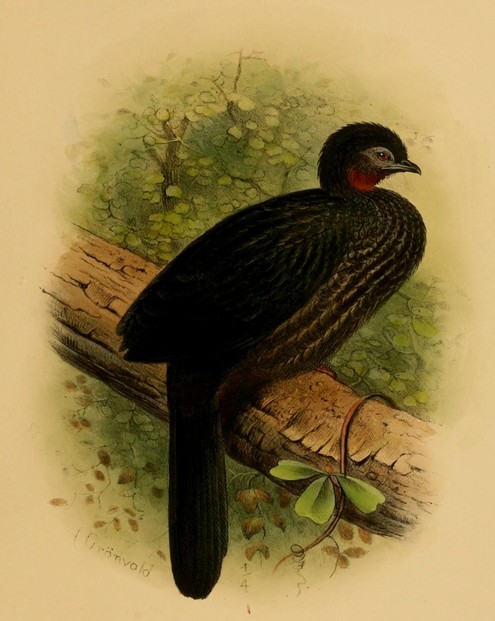
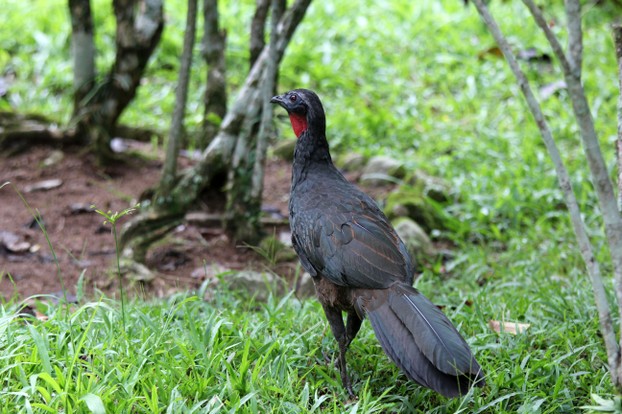
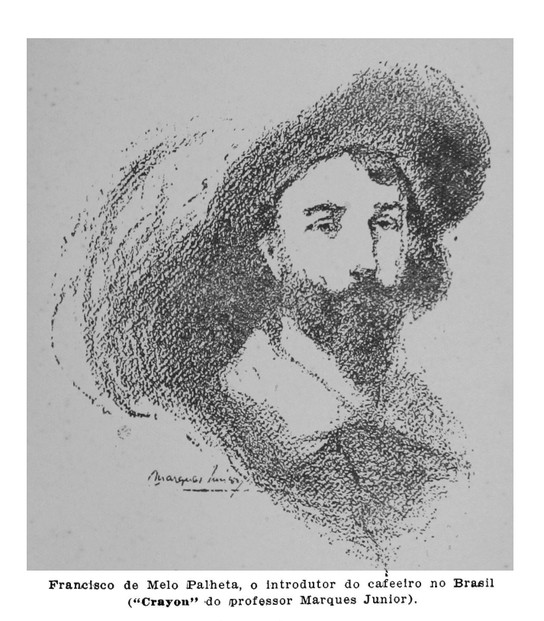
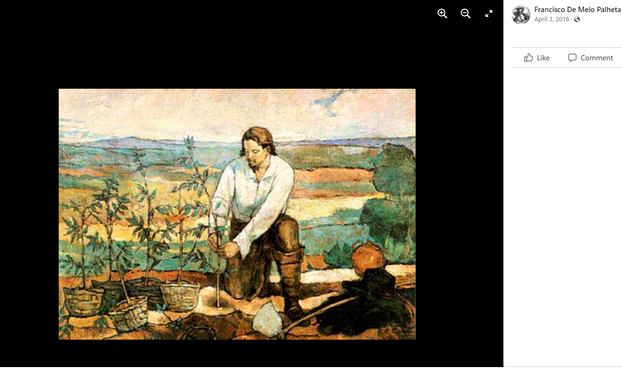
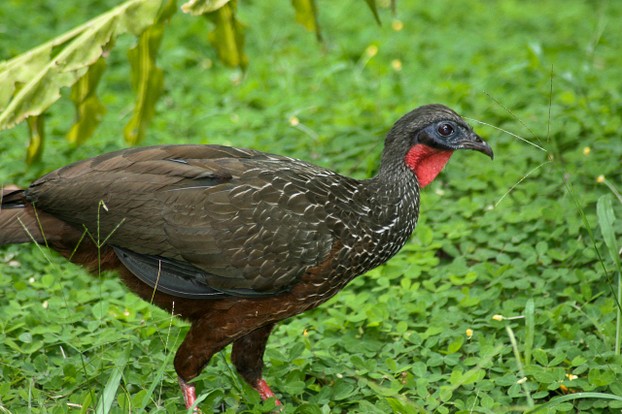
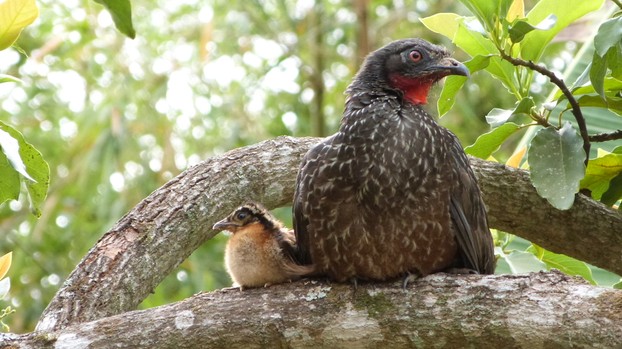
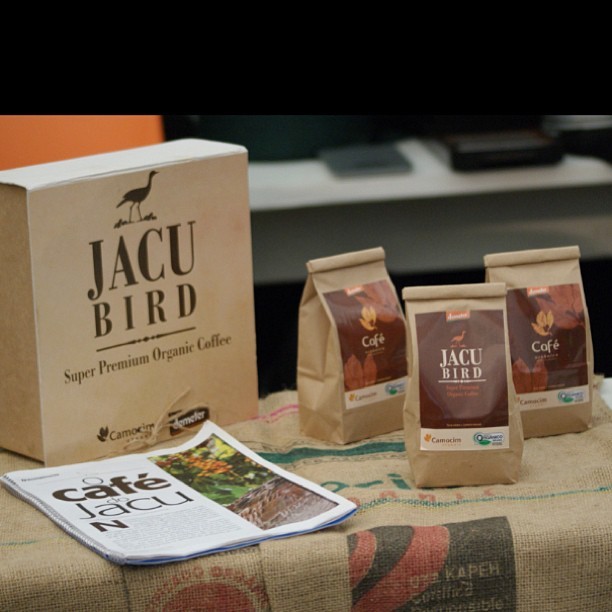
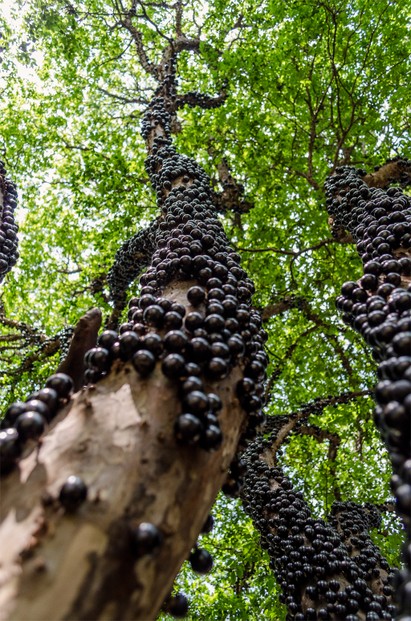
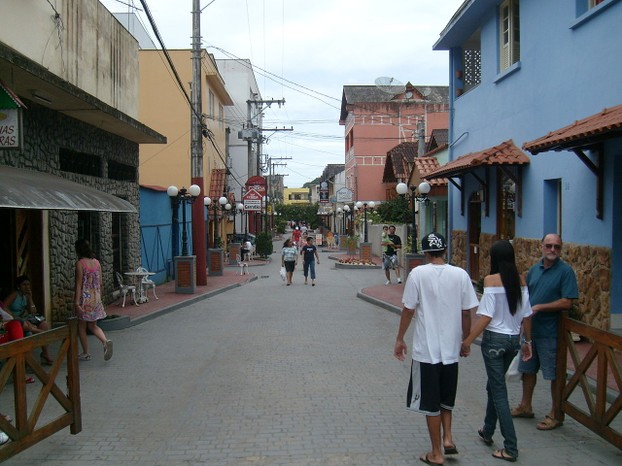
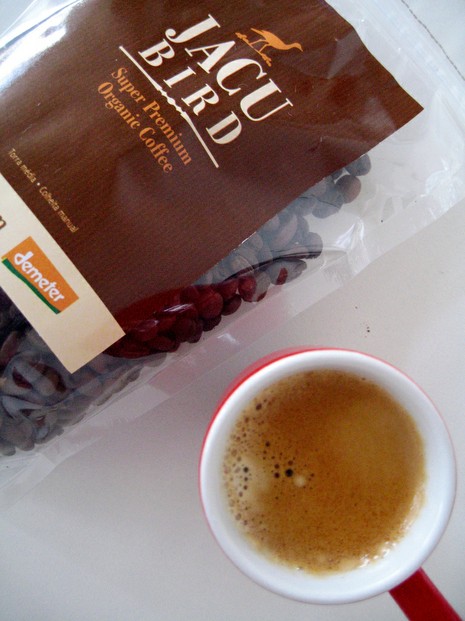
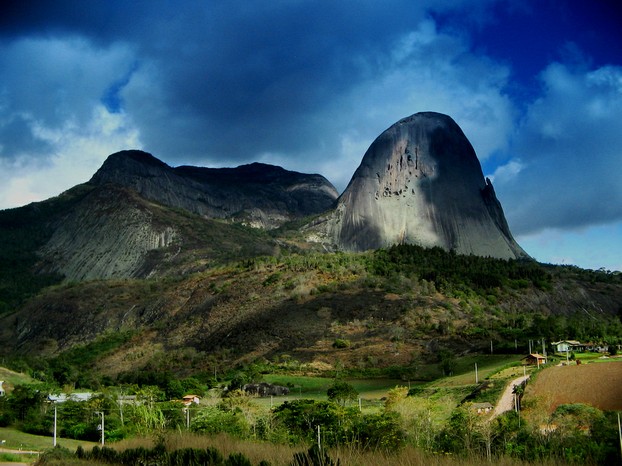



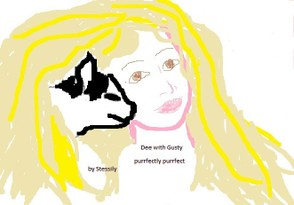
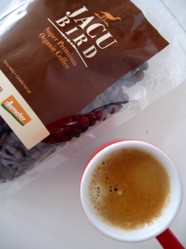

 Are Hawaiian Huakai Po Nightmarchers Avenging Halloween Thursday?on 10/02/2024
Are Hawaiian Huakai Po Nightmarchers Avenging Halloween Thursday?on 10/02/2024
 Mailing Addresses for 2023 Form 4868 Extending 1040 and 1040SR April 15, 2024, Due Dateon 04/15/2024
Mailing Addresses for 2023 Form 4868 Extending 1040 and 1040SR April 15, 2024, Due Dateon 04/15/2024
 Mailing Addresses for 2023 Forms 1040 and 1040SR Filed in 2024on 04/15/2024
Mailing Addresses for 2023 Forms 1040 and 1040SR Filed in 2024on 04/15/2024
 Mailing Addresses for 2022 Form 4868 Extending 1040 and 1040SR April 18, 2023, Due Dateon 04/13/2023
Mailing Addresses for 2022 Form 4868 Extending 1040 and 1040SR April 18, 2023, Due Dateon 04/13/2023

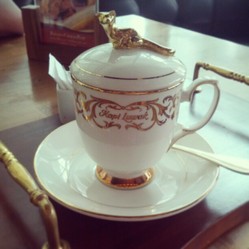
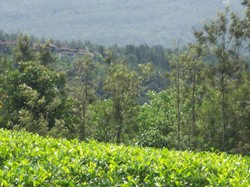
Comments
For those asking about Jacu Bird merchandise at Fazenda Camocim:
A Jacu Bird Cap (Boné do Jacubird) is offered in a black, baseball cap style, according to the "Todos Os Produtos" ("All Products") page of Fazenda Camocim's website.
(https://www.cafecamocim.com.br/tlragw...)
The cap also avails as a duo purchase with a 100 gram bag of Jacu Bird Super Premium Biodynamic Regenerative Coffee on the "Café do Jacu" ("Jacu Coffee") page of Fazenda Camocim's website.
(https://www.cafecamocim.com.br/bone-c...)
For those wondering about the illustration of Penelope obscura that appears as the first image in the text of this post:
Dark guan (Penelope obscura), also known as dusky-legged guan, was depicted by Henrik Grønvold (Sep. 6, 1858-March 23, 1940), a Danish artist, naturalist and taxidermist. His specialty in natural history was ornithological illustration.
Grønvold's depiction of the avian coffee enthusiast appeared as Plate 6 in Illustrations of the Game Birds and Water Fowl of South America (1917).
The collection of plates was published as the second volume of The Birds of South America. The first volume, comprising the text in the series, was published in 1912 and was co-authored by Lord Brabourne and Charles Chubb.
Lord Brabourne, a British peer, ornithologist and captain in the 1st Battalion Grenadier Guards, was Wyndham Wentworth Knatchbull-Hugessen, 3rd Baron Brabourne (Sep. 21, 1885-March 11, 1915).
Charles Chubb (Dec. 31, 1851-June 25, 1924) was a British ornithologist in the Zoological Department of the British Museum.
For those wondering about the taste of Jabuticaba berries:
The caption for this post's Jabuticaba tree fruit image (fourth from last; above "Conclusion") describes the berries as: "Jabuticaba tree (Plinia cauliflora): Fruits are thick-skinned berries, reminiscent of grapes, with astringent, thick purple skin and sweet, white or rosy flesh."
Jabuticaba berries resemble grapes in fruity sweetness, yet surpass grapes in flowery aromaticity and also inject a "subtle" acidity that does not diminish "the delicious sweetness," as described by food writer Nate Teague in "What Does Jaboticaba Taste Like?", updated Feb. 14, 2020, on online magazine Tastylicious (https://tastylicious.com/what-does-ja...).
For those wondering about the notation "In addition to Jacu Bird Coffee, Araújo family markets Jabuticaba Jam" for this post's Jabuticaba tree fruit image (fourth from last; above "Conclusion"):
Yes, Fazenda Camocim's website (https://www.cafecamocim.com.br/) sells Geléia de Jabuticaba (Jabuticaba Jelly) (https://www.cafecamocim.com.br/7fbwkb...). The jelly appears on the site's TODOS OS PRODUTOS (All Products) page.